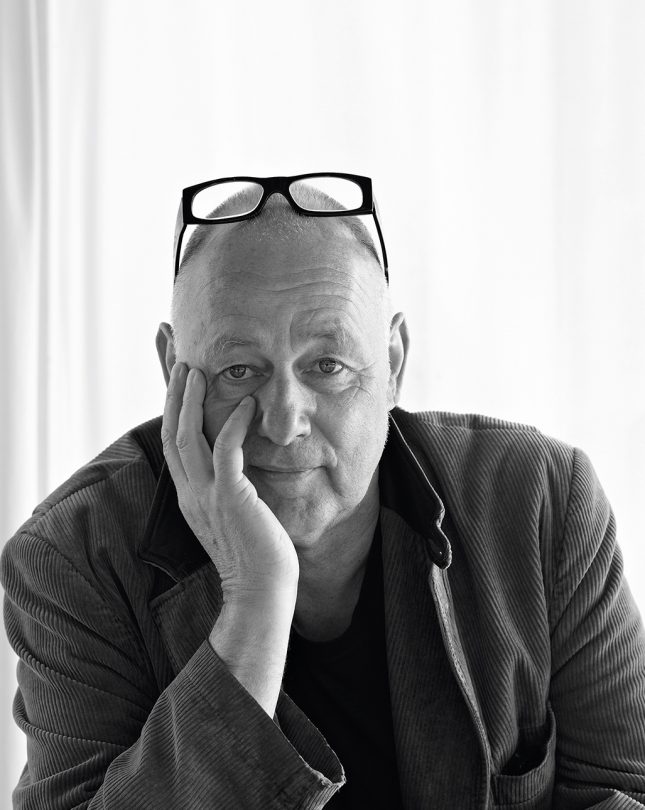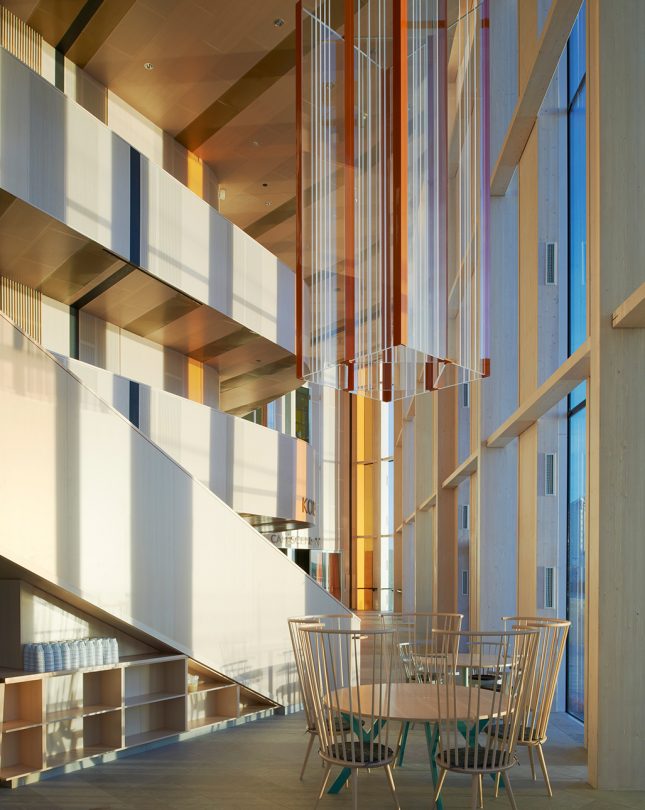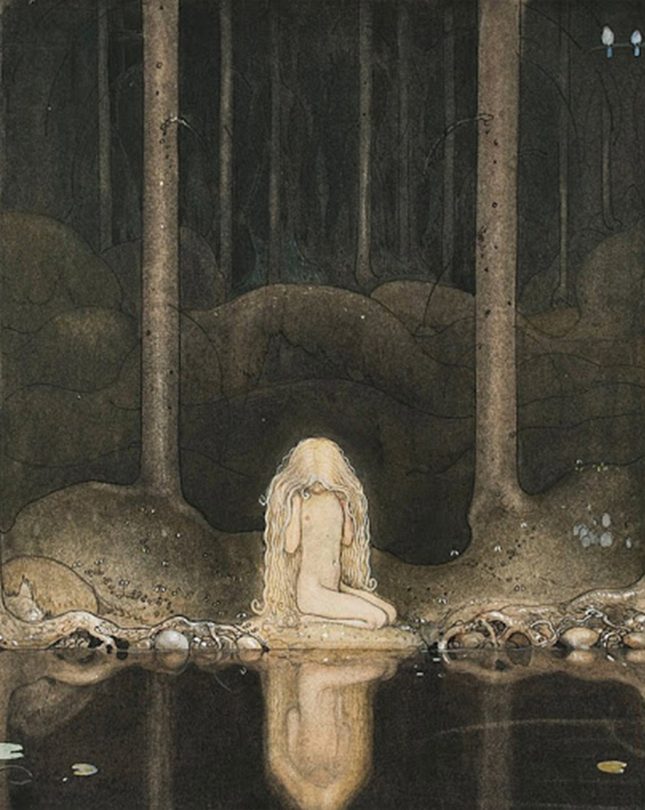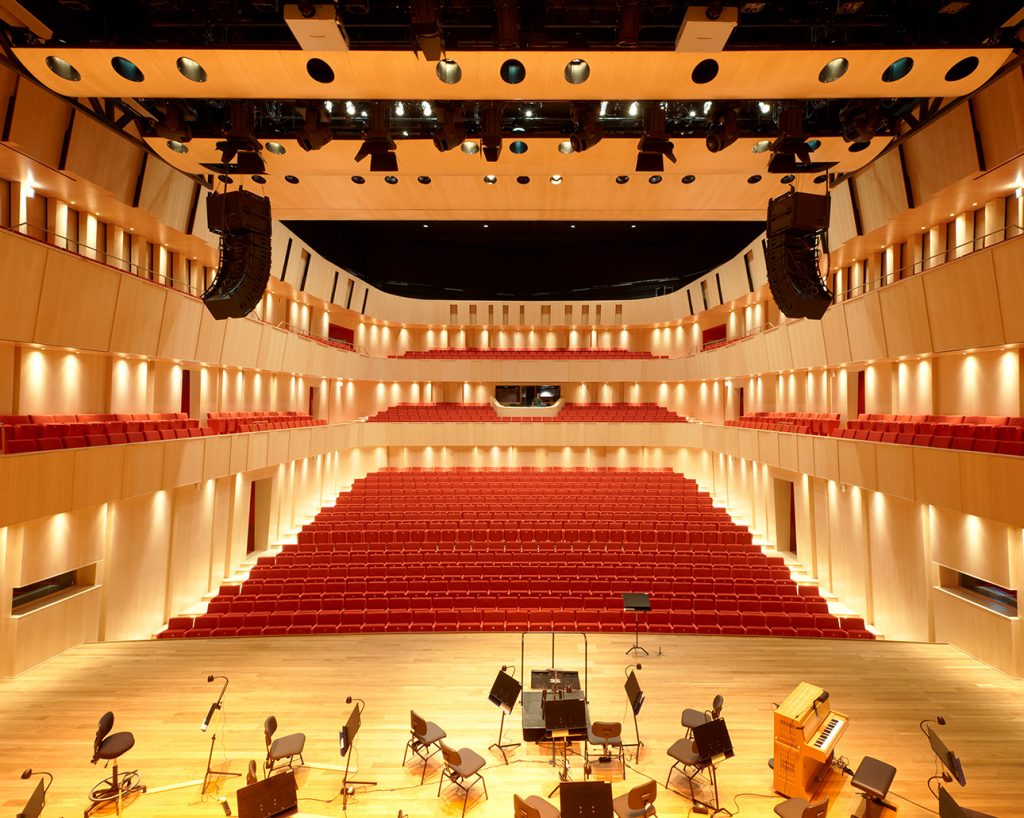Our latest news and views English
Underpinned by our Scandinavian design heritage, we bring you regular stories about architecture and interiors, exploring natural materials, acoustics, and the creation of safe and harmonious environments.
To mark a decade since the Spira Cultural Centre opened, we caught up with Gert Wingårdh, founder of Wingårdh Arkitektkontor, to talk through what inspired him and what design elements make this building a total experience.
The experience of music in a concert hall is communal and all-encompassing. Not just in terms of the listener experiencing the music together with others in the audience, and with the musicians themselves (something that has been so missed during these Covid times), but in terms of the senses too. The music is not experienced as sound in isolation, but as part of a whole. The notes or voices on stage are heard vibrating inside the architectural space, the audience responds to the materials and colours inside a performance hall, the texture of the seating, the lighting as it modulates during a performance, the shapes, movement and colours of the performers and instruments on stage, and even the taste of an interval drink. It is a total experience.

Swedish architect Gert Wingårdh understands this multi-sensory encounter in performing arts venues, and the emotions that can be conjured by colours and materials. The Spira Cultural Centre in Jönköping, designed by Wingårdh Arkitektkontor, has been wowing the crowds for ten years with its four different performing arts venues: a main concert hall seating 910 people, a 450-seat theatre, a 200-seat black box, and a 200-seat café stage.
Gustafs wooden panels feature in large areas of the Centre, with American maple wrapping around the Concert Hall, while the Theatre is clad in green stained oak. A material closely associated with music, wood was a vital choice for Wingårdh. He explains:
“There’s a strong historical connection and cultural heritage around timber in interiors which makes us feel safe.”
The building sits on a peninsula and is reflected on the waters of Lake Munksjön. This setting draws parallels with the Sydney Opera House. “It has the same ‘build up’ and sense of drama as you approach the building,” says Wingårdh who also references Gothenburg Concert Hall “It’s a round box made of wood on the inside, and it was often referred to as one of the top concert halls in the past. We wanted to aim for a similar, albeit better, sound.”
The relationship between exterior and interior is playful, almost musical in its own right. A semi-transparent orange and white glass façade, like vertical notes transformed by the changes in light, opens into an interior where the main impression is of wood. The architects’ choice of Gustafs’ panels combines the richness of wood with acoustic performance.
White, pigmented pine was specified for the lobby of the Centre, and there is a theme of drama and encounters within the architectural space: Wingård says, “I’m very interested in the build-up of people in the foyer: people are arriving so the space becomes more and more busy before the performance starts.
People are looking at each other, recognising and bumping into each other.” He adds that the foyer becomes a room of expectations and social ‘performance’. “It’s really important and interesting, maybe even more so than the actual performance inside the concert hall or theatre. People are looking down from the balconies in the foyer, seeing other people arrive, and then it becomes a kind of crescendo until it’s time to go in to watch the actual performance.” Wingårdh’s words seem to echo the past, when fashionable audiences would go to the theatre to be seen, as much as to see.


In contrast to the pale wood of the lobby, the theatre is vivacious, embracing a colour more associated with nature than with the performing arts; though for Wingårdh the association is one of literature: “The green was inspired by the magical world of John Bauer.” A household name in his native Sweden, Bauer was born in Jönköping in 1882 and became renowned for his depictions of fairy tales, notably illustrating the classic ‘Bland tomtar och troll’ or ‘Amongst gnomes and trolls’ stories, first published in 1907.
Bauer’s signature painting style features depictions of the dense forests of Småland, the region in which Jönköping is located, “The little princess Tuvstarr in her white dress, sitting there in the green, lush forest came to mind. We collaborated closely with Gustafs to achieve the right green, to recreate the colour of Bauer’s fairytale forest” Wingårdh adds.


The design hardly has any right angles which is great for optimising acoustic diffusion but presented a challenge in terms of installation. Specialist installers had to make sure the bespoke panels were fitted to the exact millimetre. The result is clearly worth it though as the Centre has been praised for its incredible acoustics, This was, Wingårdh says, very much a collaboration between his practice Wingårdh Arkitektkontor and acousticians Akustikon. “They gave us the prerequisites that we designed from and their perspectives were very important”.
There seems to be an empathy rather than division in the way he has approached the design, and this sense of equality is carried through to encompass all visitors. Wingårdh and his team very much designed the Spira Cultural Centre with accessibility in mind. “It’s probably the first big culture centre to be designed fully accessible for wheelchairs.” he explains, “you enter the halls in the middle of the seating, so for many of the seating rows you have to walk upwards, which means that you’re facing some of the people that are already seated.”
In Wingårdh’s hands, therefore, the audience members also become actors, and the spaces too perform through colours, materials and orientation. It is almost as if the meticulous acoustics are as much for the words, chatter and laughter of the spectators as for the music and voices of the artists on stage. Colour, sound, drama, encounters, textures, lighting, movement, even literary associations: the result is a total experience.